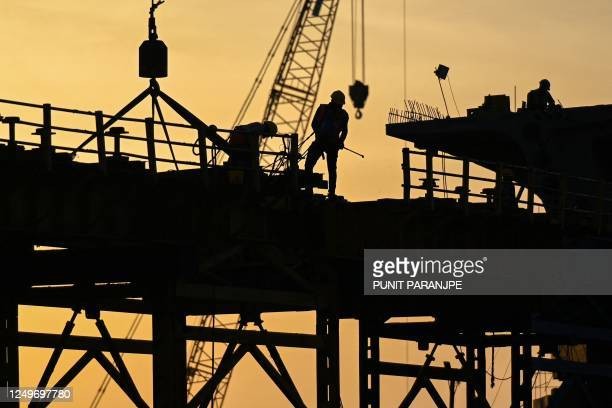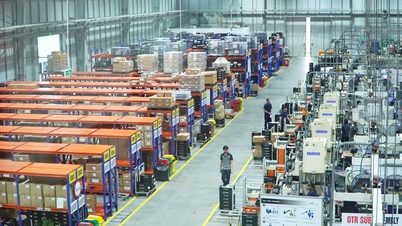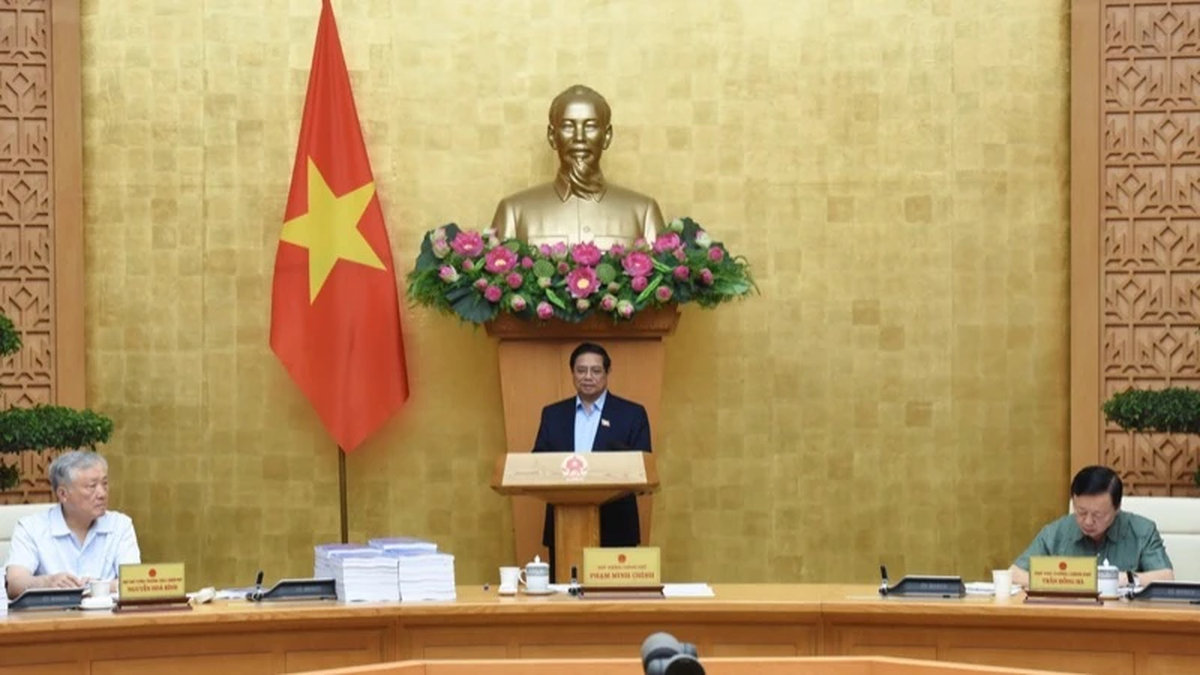 |
| Workers work at the construction site of the Coastal Road Project in Mumbai, India. |
Sharing with CNBC news channel, Mr. David Riedel, CEO of consulting firm Riedel Research Group, said that he is "very optimistic" about India - a country "that is doing all the right things and has a very high chance of exceeding expectations in the next 6 to 24 months".
Personally, Mr. Riedel “definitely prefers India to China,” and the South Asian nation is not “the new China.” Given that the world’s No. 2 economy is much larger than India, this is a notable shift. India itself is a “very different country” from China today and in the past.
According to Mr. Riedel, India is successfully exploiting the middle-income growth trap using a variety of tools, such as demonetization and digitalization of the economy, as well as changes in the tax structure.
The middle-income trap refers to a situation where a national economy has passed the low-income threshold to become a middle-income country but then becomes stuck at this income level, unable to advance to the ranks of high-income countries.
As a result, the country of the Ganges “has the opportunity to enjoy very high growth years, and I think that is what investors should be looking for,” Mr. Riedel emphasized.
Last December, S&P Global and Morgan Stanley predicted that India would surpass Japan and Germany to become the world's third-largest economy by the end of the decade.
Some bright spots in the Indian economy can be found in the software outsourcing and financial sectors.
“This is really a decade of expansion for Indian financial services,” said Manish Chokhani, Director of Enam Holdings. “The entire mutual fund business, the private sector banking business… they really have a decade of growth ahead.”
Meanwhile, China's growth trajectory may not be as rosy as it once was.
Mr. Riedel predicted the world's second-largest economy would not grow as strongly in the next five years as it has in the past five years, citing headwinds such as high urban unemployment among young people and growing supply chains shifting away from China.
In May, China's youth unemployment rate rose to a record high of 20.8% for those aged 16 to 24.
China has also recently reported a series of weaker-than-expected economic data, suggesting that growth momentum is slowing. Factory activity in June marked another contraction, while non-manufacturing activity was at its weakest since Beijing abandoned its strict “no Covid-19” policy late last year.
Source


![[Photo] Prime Minister Pham Minh Chinh chairs a special Government meeting on the arrangement of administrative units at all levels.](https://vphoto.vietnam.vn/thumb/1200x675/vietnam/resource/IMAGE/2025/5/9/6a22e6a997424870abfb39817bb9bb6c)


![[Photo] Magical moment of double five-colored clouds on Ba Den mountain on the day of the Buddha's relic procession](https://vphoto.vietnam.vn/thumb/1200x675/vietnam/resource/IMAGE/2025/5/9/7a710556965c413397f9e38ac9708d2f)
![[Photo] Russian military power on display at parade celebrating 80 years of victory over fascism](https://vphoto.vietnam.vn/thumb/1200x675/vietnam/resource/IMAGE/2025/5/9/ce054c3a71b74b1da3be310973aebcfd)
![[Photo] General Secretary To Lam and international leaders attend the parade celebrating the 80th anniversary of the victory over fascism in Russia](https://vphoto.vietnam.vn/thumb/1200x675/vietnam/resource/IMAGE/2025/5/9/4ec77ed7629a45c79d6e8aa952f20dd3)
























































































Comment (0)